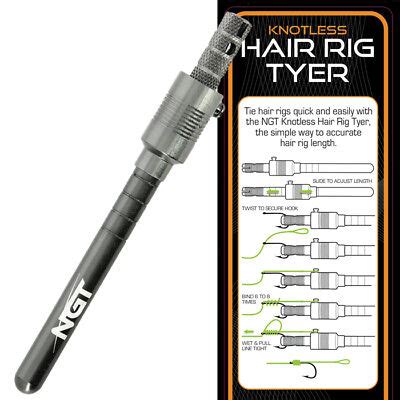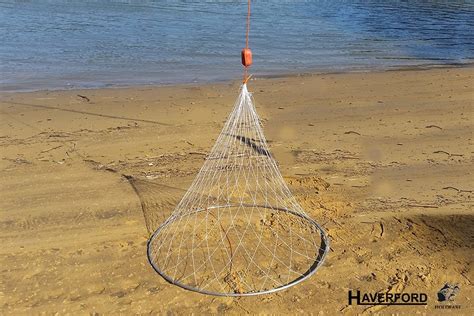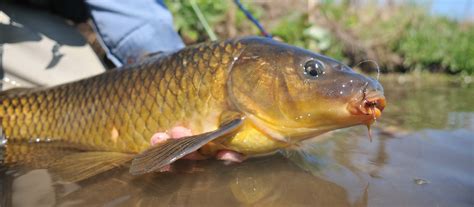Fishing enthusiasts often use a poly ball or suspender ball, threading it onto a single hook and pushing it up over the hook’s eyelet. This technique is part of float fishing, a method that involves attaching a float to the fishing line for various purposes, including suspending bait at a specific depth.

Luminous Carp Fishing Feeder (ebay ad)
One such float, the BESPORTBLE 24PCS Luminous Carp Fishing Feeder, is popular for its luminous beans and springs, suitable for shrimp, carp, crayfish, and crab baits. Float fishing is versatile, ideal for catching big roach and perch by either speeding up or slowing down the pace.
https://www.youtube.com/watch?v=lddQTdbKaLk
For aquarium fish, floating on their backs is a common condition, although it is often a sign of death. In the wild, a fish’s body typically sinks to the bottom upon death. Float fishing gear, such as net floats, trawl floats, and marker floats, are also useful for marking fishing gear, fenders, and anchor retrieval systems.
Choosing the right float pattern depends on various factors, including water current speed, depth, and weather conditions. Most major tackle brands offer three-piece waggler or float rods with fine tip sections, suitable for different fishing scenarios. Small, short-stemmed float patterns are especially effective during warmer months for targeting fish closer to the water’s surface.
Age-related changes in the eye, like the vitreous gel forming strands and casting shadows on the retina, are a natural process and not directly related to fishing. However, understanding the environment and fish behavior is crucial for successful float fishing.


